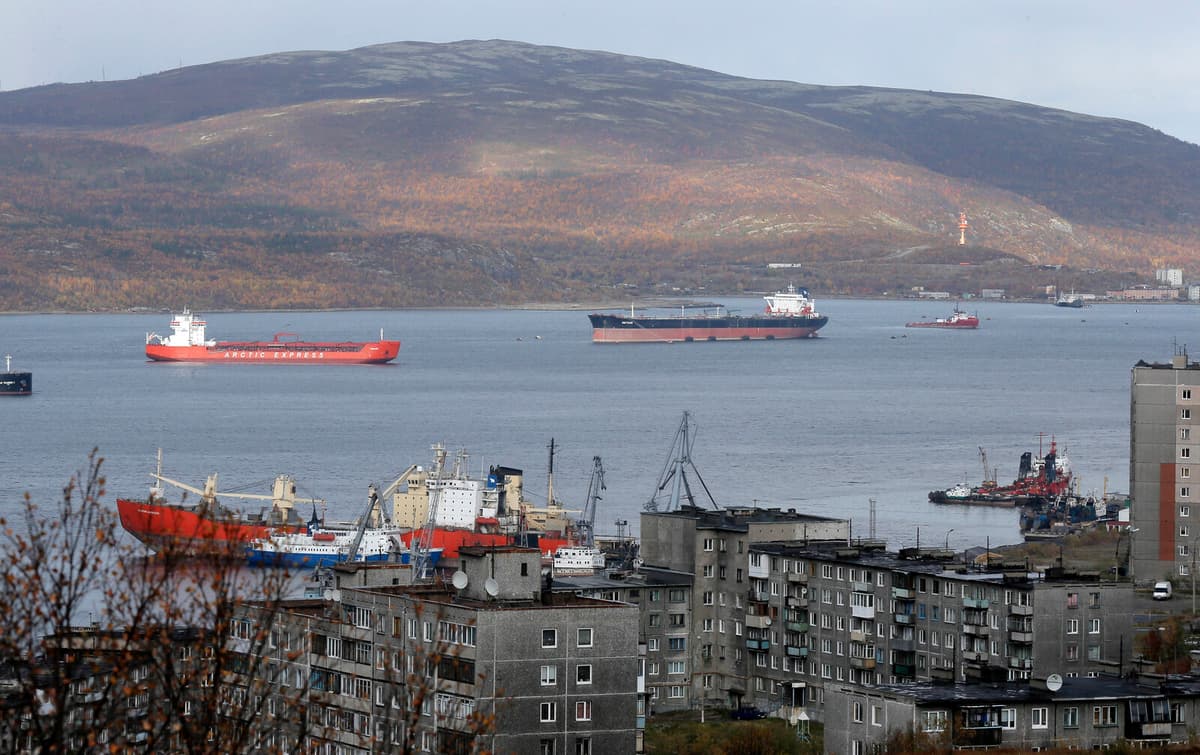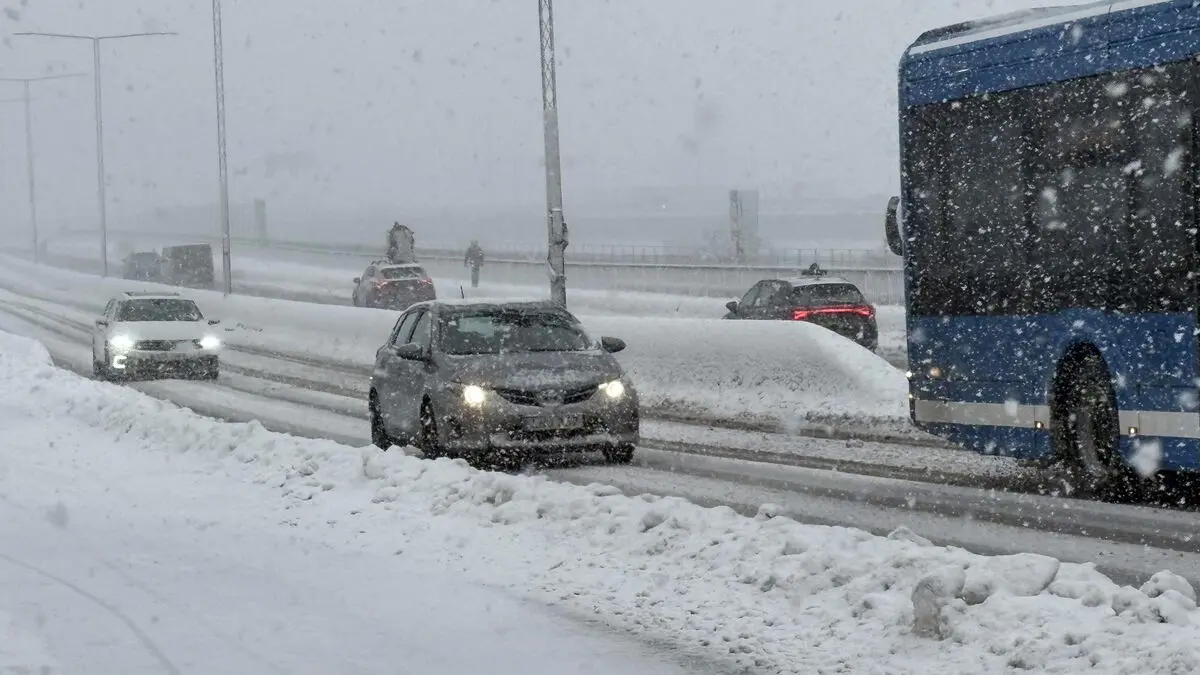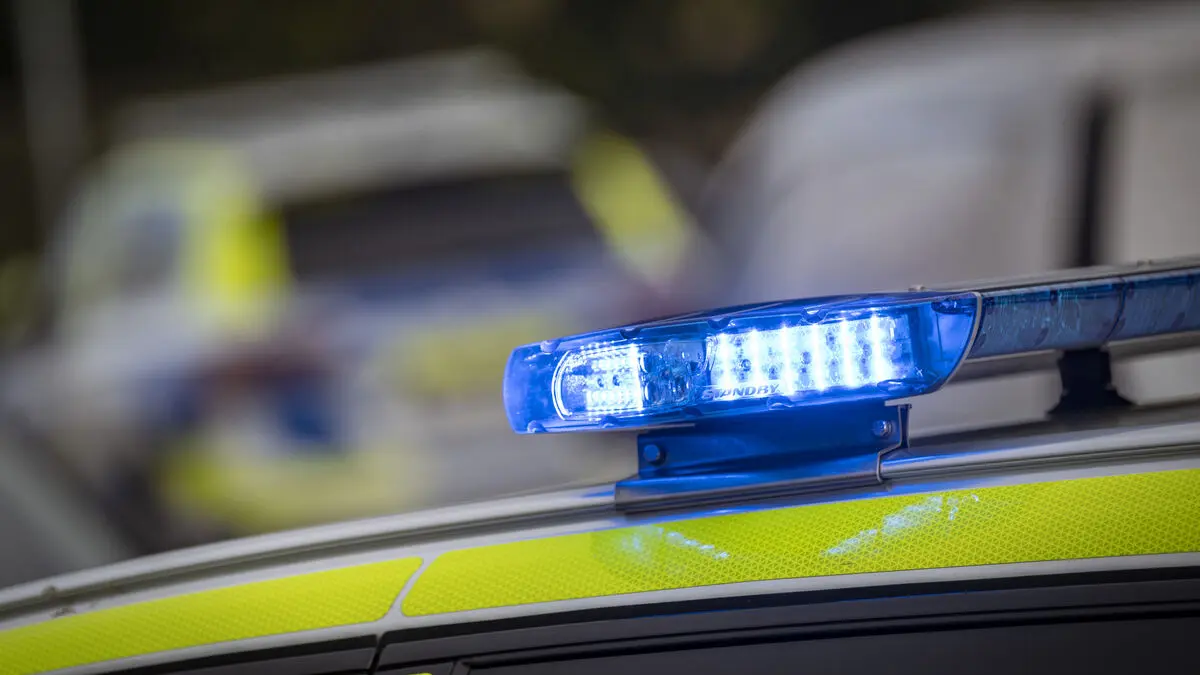We can confirm that a pilot has been ordered for the vessel and that this has been done in accordance with the rules for passage through international waters, says Anne Heinze, press chief at the pilot company DanPilot to TV2.
The pilot who will assist will board on Saturday and disembark when the vessel has passed Gedser, on the southern tip of Falster.
Denmark's maritime authority has issued a navigation warning for shipping in the area and urges "great caution and maximum possible distance”.
The vessel MV Ruby was loaded in a Russian port on the Kola Peninsula and then suffered hull damage. Shortly afterwards, MV Ruby sought a port of refuge in Tromsø due to the damage affecting both propulsion and steering.
Awaiting instructions
The vessel is now being towed off the coast of southern Norway. The vessel had previously stated Klaipeda in Lithuania as its final destination – where it is not welcome.
The Coast Guard cannot confirm MV Ruby's final destination. Right now, the vessel is waiting for further instructions from its owners about the destination and route.
What we know is that it is in Norway and waiting for further instructions and that it is in international waters, says Pernilla Johansson, press contact at the Coast Guard.
They are looking for a port to go ashore to repair the damage. Not all ports are ports of refuge and can receive, says Pernilla Johansson.
Dangerous goods
According to the Coast Guard, ammonium nitrate is classified as dangerous goods. Transports of the substance are common and take place daily to and from Swedish ports.
There are regulations for how ammonium nitrate should be transported and handled, and if these are followed, the transport can take place safely. The risk of explosion should be considered low at present, writes the Coast Guard on its website.
On krisinformation.se, MSB writes that "Swedish authorities have identified risks with the transport and ensure good preparedness and handling if the vessel enters Swedish waters".
The Defence Forces are also monitoring the vessel's movements.
We have cooperation with all relevant authorities, says Marie Tisäter, duty communicator at the Defence Forces.
We are closely following what is happening.
Hanna Rasmusson/TT
Facts: Port of refuge
TT
A vessel in distress can apply for a so-called port of refuge (safe haven) if the vessel is in a distress situation. The right to seek a port of refuge is regulated in several international maritime conventions.
The distress situation can involve danger to human life or protection of the environment.
Even though international rules state that a vessel has the right to seek a port of refuge, it is the affected state that has the final say and can deny access if it poses a significant risk to, for example, the environment, infrastructure, or population.
Source: IMO (International Maritime Organization), Swedish Maritime Administration





